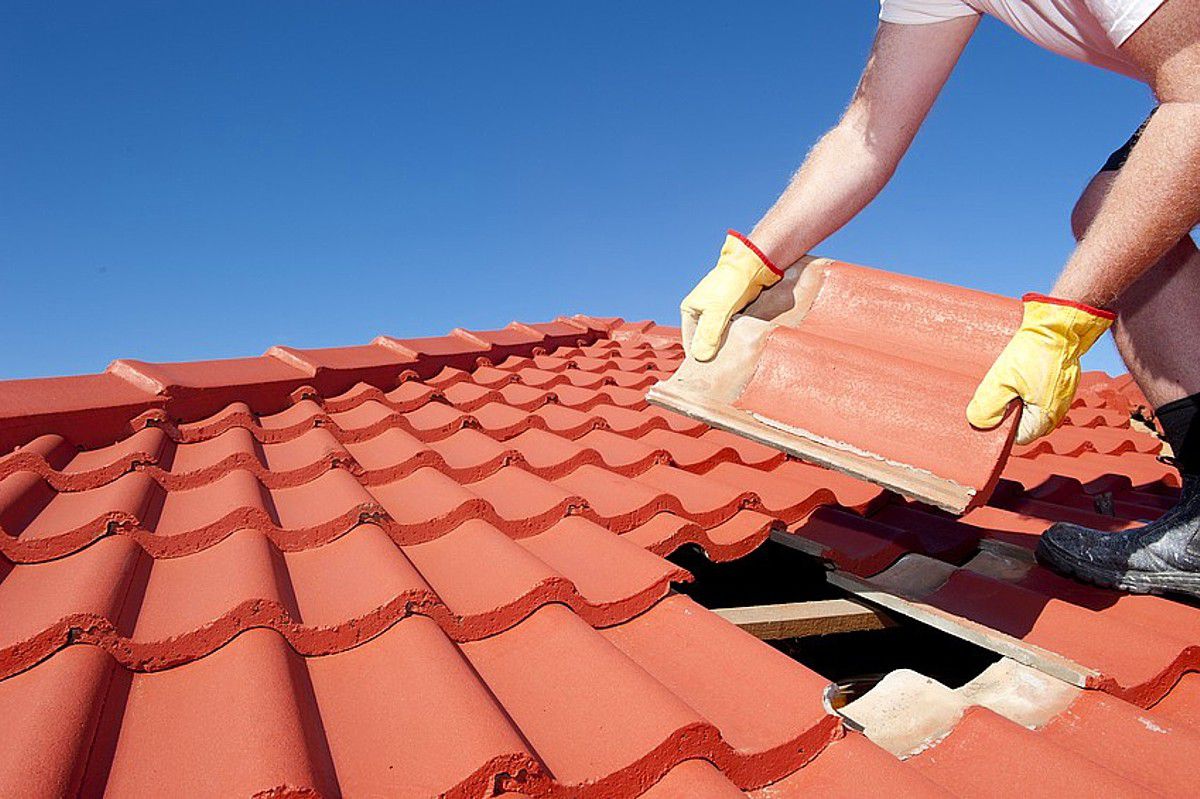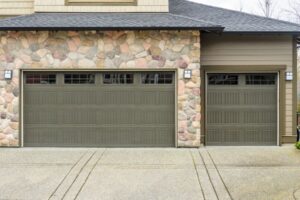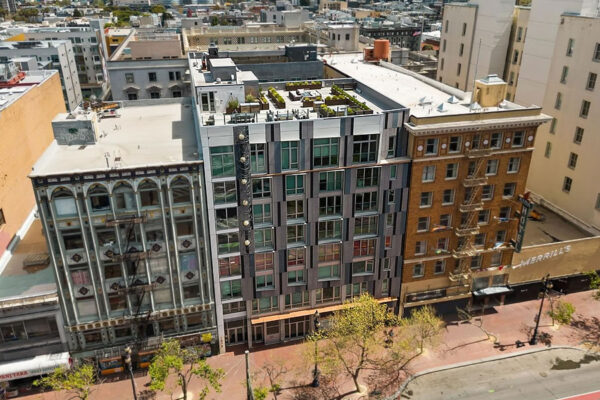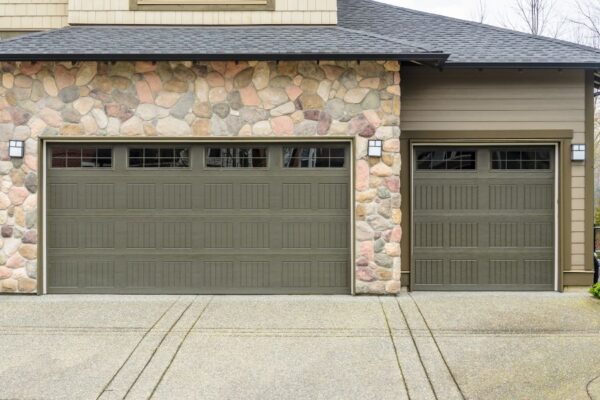The roof is a part of the house that, in addition to being functional and playing a vital role, is increasingly gaining a prominent role in architectural projects as it directly influences the appearance and appearance of the building. When choosing the tile for the house’s roof, we are faced with a wide variety of models, shapes, fittings, and types that are manufactured in several different materials. Today the best contractors will talk a little about some of the existing materials for roofing and the composition of roofs.
Fiber Cement Tiles
They are the most used and offer the best cost/benefit ratio in the market. Fiber cement is characterized by being a light and resistant material that facilitates its installation. They can be found on the market in different thicknesses, the most common size being the longer tiles (1.10m X 2.44m) which are ideal for roofs with a slight slope.
Ceramic Tiles
Also known as clay tiles. They are the oldest and are in second place in the preference of Brazilians. One of their advantages is that they create a thermal barrier, making the house more ideal and more relaxed inside. They are very versatile, and due to their wide variety of shapes, sizes, fittings, and other factors such as inclination and yield, they offer countless architectural possibilities.
Galvanized Tiles
This type of metal tile undergoes galvanization or zinc plating, making them more resistant to natural aggressors such as storms, wind, and rain. Due to the lightness of their material, they can be easily installed.
Concrete Tiles
Concrete tiles are the newest on the market, offer a wide variety of shapes and colors, and provide good thermal comfort for the indoor environment. As they are porous and susceptible to moisture, applying a resin for waterproofing and protection is recommended. The choice of white tile also helps to keep the internal environment more pleasant and, as it is a neutral tone, it allows the choice of more robust and more striking colors to color the house’s façade.
PVC Tiles
They are light, and their size provides more effective use of material. They can be found in different styles and undulations, have various colors, are highly weather-resistant, and have an excellent seal. The colors of the tiles can be very close to those of ceramic tiles and add beauty to the constructions.
Polycarbonate Tiles
They are translucent tiles ideal to be installed on facades, corridors, balconies, winter gardens, and any other area that you want to illuminate with natural light. They can be installed in complete extensions or combined with other types of tiles. They are composed of a translucent thermoplastic resin that allows the passage of 70% of natural lighting.
Glass Tiles
They are used in combination with cement or ceramic roofing tiles or alone in small extensions. They have properties of brightness and transparency that help to diffuse the light inside the environment. Applied in dark environments that require lighting or to cover spaces without eliminating the passage of light, they are also suitable for corridors, facades, balconies, and balconies when using commercial roofing services.






